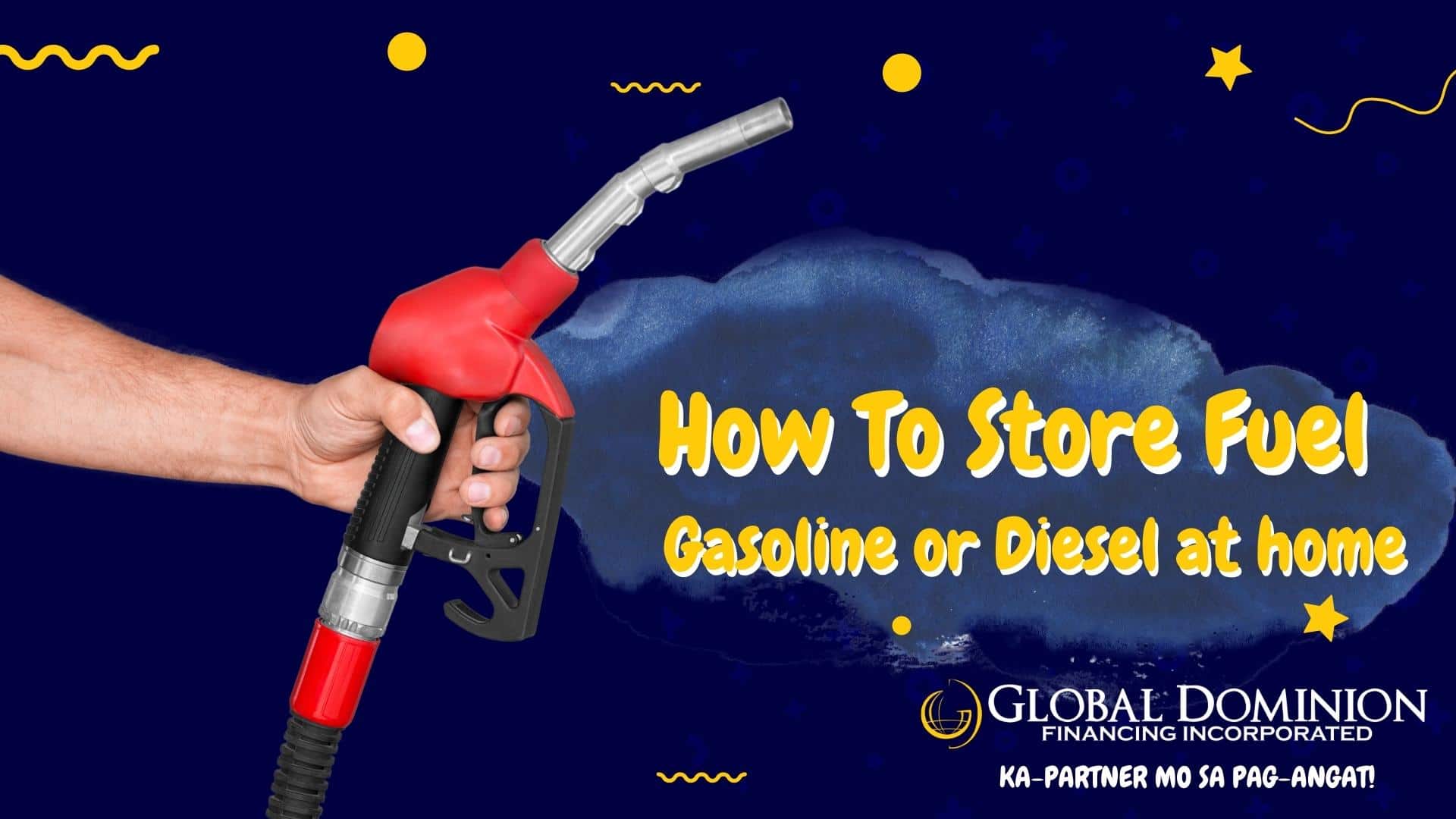How to Properly Store Gasoline and Diesel at Home

In the face of escalating fuel prices that have afflicted worldwide economies, including our own, motorists are increasingly buying and storing fuel at home when gas and diesel prices fall.
So, you might be asking if it’s safe to buy greater quantities of fuel and store it for a while. It’s important to know how to safely store fuel, whether you drive a gas-powered crossover or a diesel-fueled SUV.
Steps to safely storing gasoline or diesel at home:
- There are many options for fuel storage, such as vehicle-specific accessories or an above-ground tank on your land. In a pinch, though, using a jerry can is one of the easiest and fastest ways to store fuel. If you don’t already have one, get a high-quality model with a capacity that suits your needs.
- It’s not a good idea to use recycled PET bottles because gas and other fuels can deteriorate the plastic over time. If utilized, it may pollute the fuel and perhaps damage your engine. Furthermore, if you have a substandard container, many gas stations may refuse to provide you with gas.
- Once you’ve found an appropriate container, you can begin filling it. If you’re not at the pump, tell the attendant to set the container on the floor before filling it up. This is to prevent a spark in the gas vapors caused by static electricity. Because the vapors from a cup of gasoline have the explosive strength of five pounds of dynamite, it’s essential to proceed with caution.
- You may transfer the fuel to your home once it has been filled to your satisfaction but do it swiftly. Avoid storing unused gas in your automobile for extended periods of time because it is never safe and can cause a fire or explosion. Don’t risk it unless you have a special accessory designed to store gas inside or outside a car.
- Now that you’ve delivered the fuel to your home, you’ll need to choose a suitable storage location, preferably outside your main living space. The space should provide shelter from the weather without being too chilly or too hot. An enclosed garage may be appropriate, but make sure the containers are adequately protected and isolated.
How long does a tank of gas last?
How long can you store gas safely at home before it spoils? It’s more pertinent than ever these days, as gas prices continue to soar beyond anything we’ve ever seen.
After around 30 days, regular gasoline begins to evaporate or degrade, indicating that it has gone bad. The fuel components may also separate, leaving you with a heady combination of useless substances that used to be gas.
Standard gas, on the other hand, does not become useless after 30 days. Although your automobile may run on older petrol, don’t anticipate the same level of performance. Bad fuel will eventually damage your engine and cost you more money in the long run.
To store gas efficiently, many individuals adopt the “use and replace” strategy. It entails refueling a vehicle from one of the stored containers rather than directly from the pump. The container would then need to be refilled at a gas station, and the cycle would begin all over again.
This strategy maintains the freshness of your stored gas while also ensuring a consistent supply. The savings might start flowing in once you get the hang of matching oil price rollbacks with your refilling habits.
For more car and car financing tips, visit our website.





